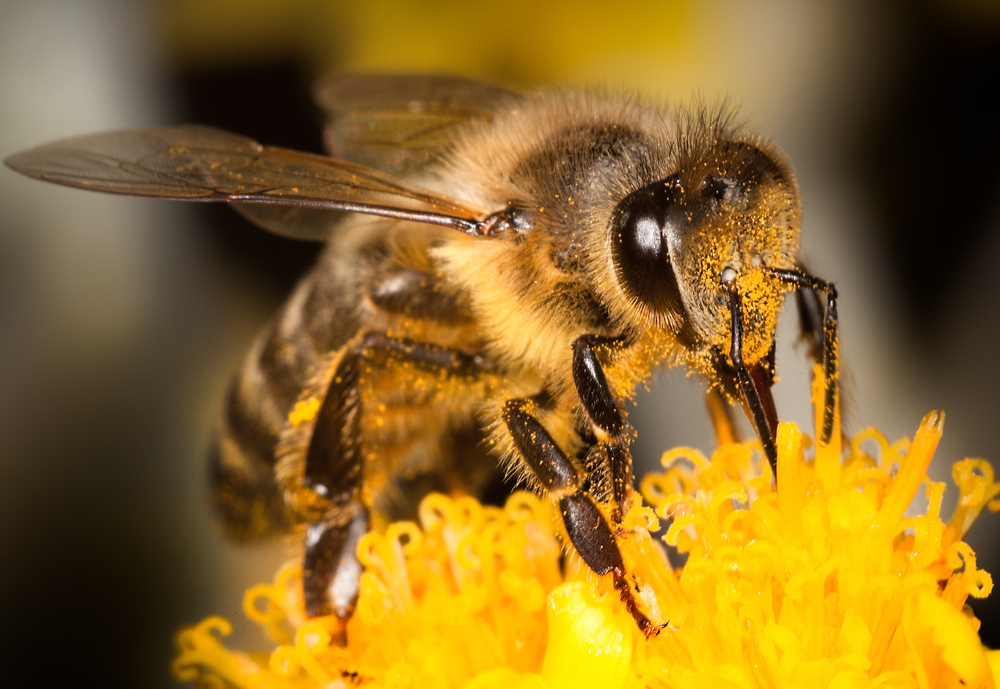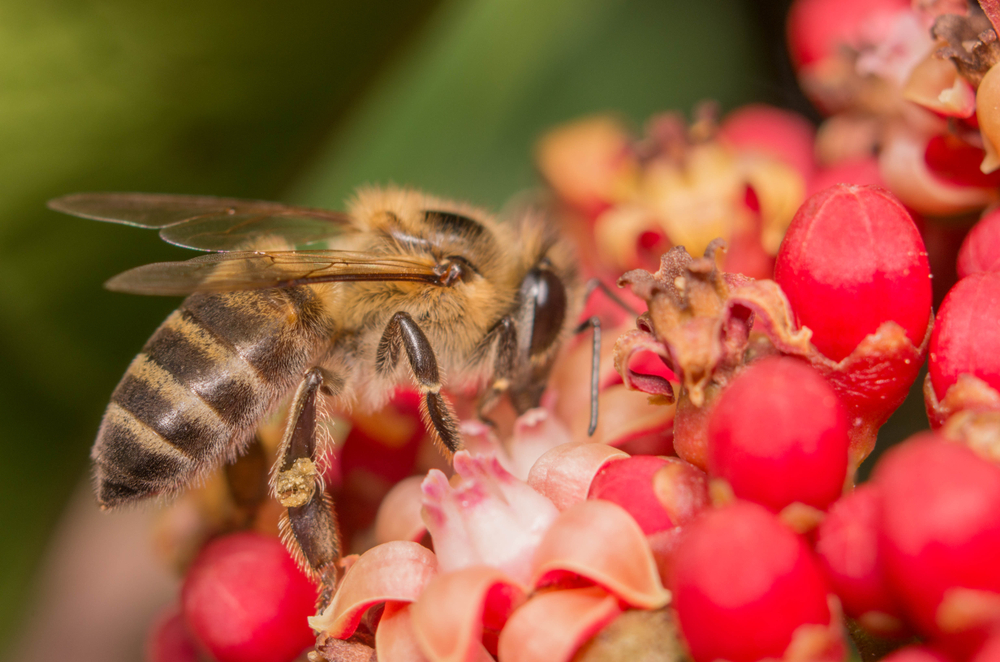The term “killer bees” typically refers to a hybridized and more aggressive form of the African honey bee, known scientifically as Africanized honey bees or Africanized bees. Africanized honey bees are not a separate species from European honey bees (the common honey bees in Europe and many other parts of the world); they are a subspecies or race (Apis mellifera scutellata).
Africanized honey bees were initially the result of hybridization between African honey bees and European honey bees in Brazil in the 1950s. These hybrid bees inherited certain aggressive traits from their African ancestors. They earned the nickname “killer bees” due to their increased defensiveness and tendency to attack perceived threats in larger numbers than European honey bees.
There is essentially one main type of Africanized honey bee, but they have spread and interbred with other honey bee populations, leading to variations in behavior and traits. However, these variations do not typically classify as distinct types or subspecies. Africanized honey bees can be found in regions of the Americas, including parts of the United States, where they have expanded their range.
It’s important to note that while Africanized honey bees are more defensive and prone to attacking perceived threats in larger numbers, their stings are not more venomous than those of European honey bees. Nonetheless, their aggressive behavior makes them a concern in areas where they have established colonies, and beekeepers and the public should take precautions when dealing with them.
















































































